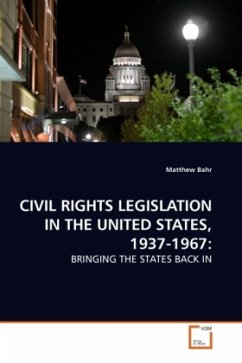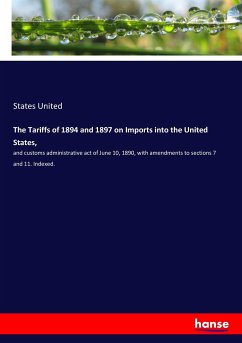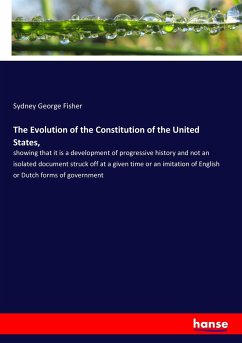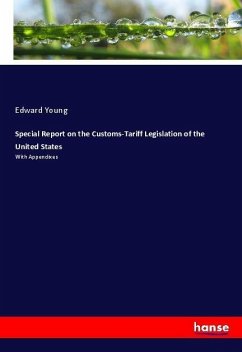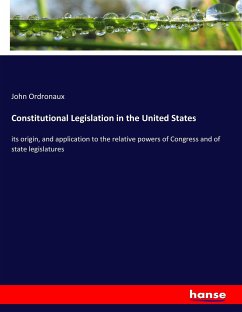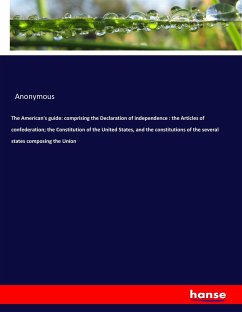Explanations of policy change are explored by focusing on the timing and location of fair employment and fair housing laws in the forty-eight contiguous states of the United States of America between 1937 and 1967. Moving beyond the forced choice of studying either protest or policymaking, event history analysis (EHA) is employed to formally test and adjudicate between contending theories of policy formation. Theories of modernization, political interest/demand, state capacity/opportunity and diffusion are tested. Empirical results favor a synthetic challenger/environment based model that demonstrates the likelihood of policy reform is greatest when there is a confluence of interests, organization and opportunities. Interest groups can t force reform upon lawmakers, nor do politicians engage in reform without external pressure. Ultimately, it is the intersection of challenger mobilization and political instability that predicts the timing and location of policy shifts.
Bitte wählen Sie Ihr Anliegen aus.
Rechnungen
Retourenschein anfordern
Bestellstatus
Storno

